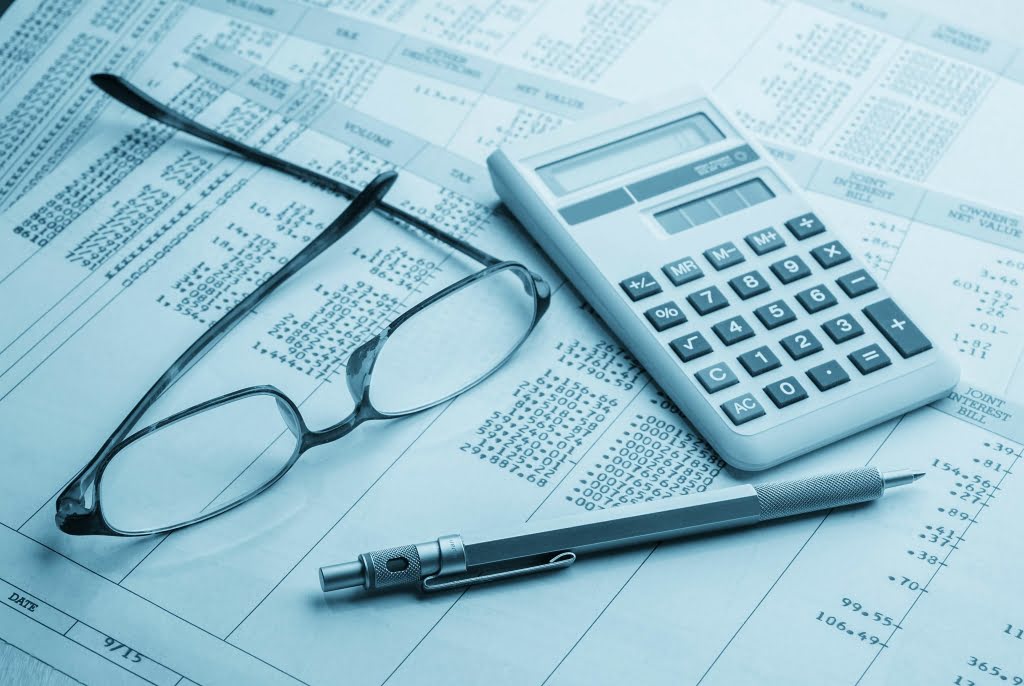
As a quick note, in this article we are mainly concerned with accounting for notes receivable; however, the concepts that we will consider apply equally well to notes payable. The final major asset category we will examine in detail is notes receivable, which, like investments, can either be a short-term or long-term asset, depending on the maturity date. Current assets are essential to a business because they may be used to support day-to-day operations and pay for operating expenses.
Form 10-Q Crown Baus Capital Corp. For: Jul 31 – StreetInsider.com
Form 10-Q Crown Baus Capital Corp. For: Jul 31.
Posted: Tue, 10 Oct 2023 16:11:39 GMT [source]
Notes receivable are treated as current assets when a company is expected to receive the amount within a short period typically one year or an operating cycle. Still, if the amount is not expected to receive within a year or an operating cycle then it is treated as non-current assets in the balance sheet. Often, a business will allow customers to convert their overdue accounts (the business’ accounts receivable) into notes receivable. By doing so, the debtor typically benefits by having more time to pay. Accounts receivables are a tangible asset listed as a “current asset” account on the balance sheet because they convert to cash within one year.
The DNA of Future CFOs
Similar to accounts payable, notes payable is an external source of financing (i.e. cash inflow until the date of repayment). However, since there is no collateral attached to the notes, if the acquisition fails to work out as planned, Company A may default on its payments. As a result, investors may receive little or no compensation if Company A is ultimately liquidated, meaning its assets are sold for cash to pay back investors.
- BWW has a
customer, Waterways Corporation, that tends to have larger
purchases that require an extended payment period. - Additionally, managing and tracking notes receivable can add administrative burden and expense for businesses.
- It’s common for businesses that have long payment cycles to create quick cash flow to pay suppliers and vendors.
- Keeping accurate records and following up with borrowers who are behind on payments requires time and resources.
Asset valuation involves determining the fair market or present value of assets. You use book values, absolute valuation models like discounted cash flow analysis, option pricing models, or comparables to determine this. Get instant access to video lessons taught by experienced investment bankers. Learn financial statement modeling, DCF, M&A, LBO, Comps and Excel shortcuts. In conclusion, all three of the short-term liabilities mentioned represent cash outflows once the financial obligations to the lender are fulfilled. But the latter two come with more stringent lending terms and represent more formal sources of financing.
What are assets?
In lean times, a company with solid accounts receivable may use it to get a bank loan at a reasonable rate. Note receivable is the better option because there is a very high chance of getting payment on time with the note receivable as compared to the simple credit transaction. Note receivable can be used as a piece of evidence in legal proceedings and it includes some interest rate that works as an investment. By contrast, accounts payable is a company’s accumulated owed payments to suppliers/vendors for products or services already received (i.e. an invoice was processed).
Notes have similar features to bonds in which investors receive interest payments for holding the note and are repaid the original amount invested—called the principal—at a future date. It’s essential that businesses keep accurate records of all notes receivable transactions and ensure they are reported correctly in financial statements. This allows them to track performance and identify areas where improvements can be made. While notes receivable can be a valuable asset for businesses, there are also some drawbacks to consider. One potential issue is the risk of non-payment or default by the borrower.
Interest Rate
Our writing and editorial staff are a team of experts holding advanced financial designations and have written for most major financial media publications. Our work has been directly cited by organizations including Entrepreneur, Business Insider, Investopedia, Forbes, CNBC, and many others. At Finance Strategists, we partner with financial experts to ensure the accuracy of our financial content.
It is vital to classify the notes receivable in the financial statements according to their terms and timelines to provide accurate information about the financial position and liquidity of the company. The “Notes Payable” line item is recorded on the balance sheet as a current liability – and represents a written agreement between a borrower and lender specifying the obligation of repayment at a later date. In addition, properly executed notes can be sold to a bank or other financial institution, much like https://www.bookstime.com/ an account receivable can be factored. A note receivable of $300,000, due in the next 3 months, with payments of $100,000 at the end of each month, and an interest rate of 10%, is recorded for Company A. An unsecured note is merely backed by a promise to pay, making it more speculative and riskier than other types of bond investments. Consequently, unsecured notes offer higher interest rates than secured notes or debentures, which are backed by insurance policies, in case the borrower defaults on the loan.
Access Exclusive Templates
This is a good example of how accounting is elegant in both its complexity and its symmetry.
- All such information is provided solely for convenience purposes only and all users thereof should be guided accordingly.
- An unsecured note is a corporate debt instrument without any attached collateral, typically lasting three to 10 years.
- The difference between $2,200 and $500 of $1,700 is the
factoring expense. - This is a good example of how accounting is elegant in both its complexity and its symmetry.
The most liquid asset is cash because you can use it immediately to pay off liabilities. On the other hand, an illiquid asset like a factory will take notes receivable more time to sell so the cash conversion may be longer. If a company needs more liquidity to support its operations, assets can provide more leeway.
Notes Receivable vs Notes Payable
Balance sheets with long-term illiquid assets on them will include a line item for “accumulated depreciation.” That depreciation decreases the asset value of a long-term asset. Businesses should carefully weigh these factors before deciding whether or not to pursue notes receivable as an asset class. Essentially, in all these situations, the company that owns the receivable either sells it to the bank (or another lender) or borrows against it to obtain immediate cash. Furthermore, by transferring the note to Accounts Receivable, the remaining balance in the notes receivable general ledger contains only the amounts of notes that have not yet matured.
